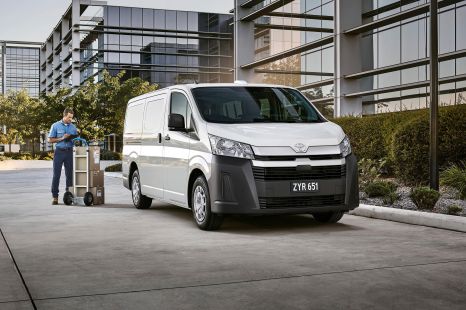

William Stopford
2025 Toyota HiAce price and specs: Tech upgrade, price hikes for top-selling van
18 Days Ago

News Editor
Australia’s best-selling van nameplate could be getting an electric powertrain.
Japanese outlet Best Car Web reports Toyota is working on an electric HiAce, due in 2025. It’ll reportedly ride on the dedicated electric e-TNGA platform of the Toyota bZ4x and Subaru Solterra.
Toyota and Lexus are in the process of rolling out a range of e-TNGA models, including the already revealed Lexus RZ, and teased 16 of them late last year in concept form.
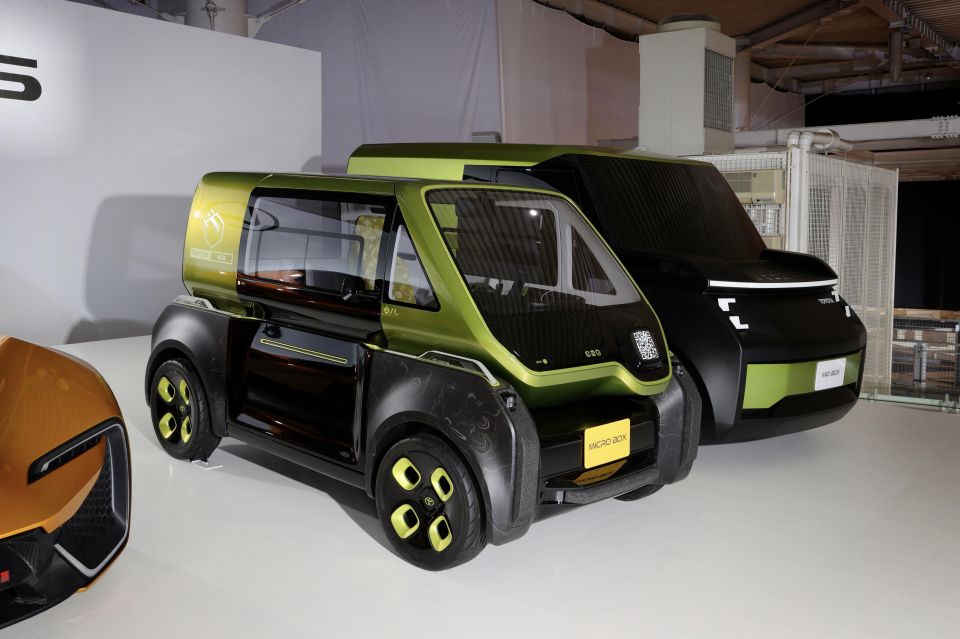
The fleet of concepts included tiny Micro Box and larger Mid Box vans, though even the latter appeared to be smaller than the HiAce.
Best Car Web reports the upcoming electric van may have a slightly shorter luggage compartment than combustion-powered HiAce models, with occupants sitting slightly further back than in the previous, forward-control H200-series HiAce.
It may also feature a longer nose, suggesting it’ll look proportionally more like the current H300 series sold in Australia since 2019.

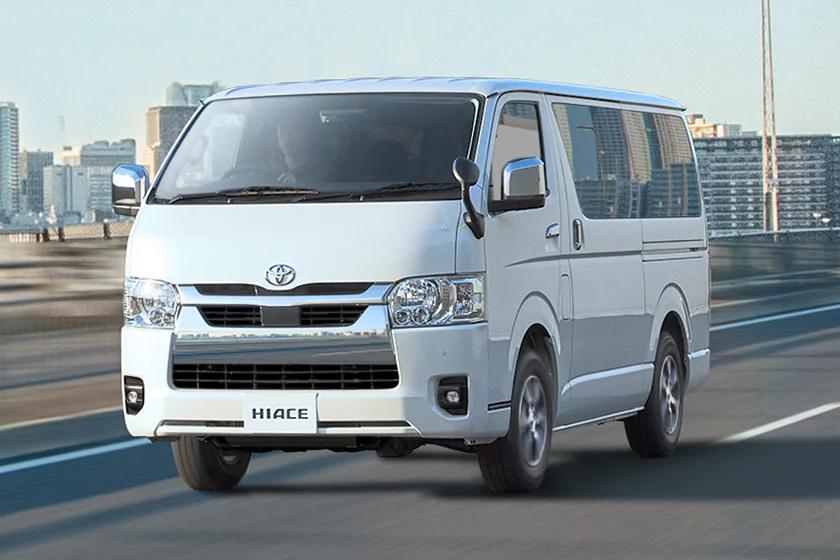
Toyota still sells the previous H200 model in Japan. The almost 20-year old model is reportedly expected to continue on sale for the foreseeable future.
The newer, wider generation isn’t sold in Japan, except in related GranAce (Granvia) people mover form.
Toyota is also reportedly working on an electric successor to the TownAce, a smaller van that slots in under the HiAce in Japan. This could also spawn an electric people mover.
The company already sells a pair of electric vans, though these are rebadged Stellantis models sold only in Europe.
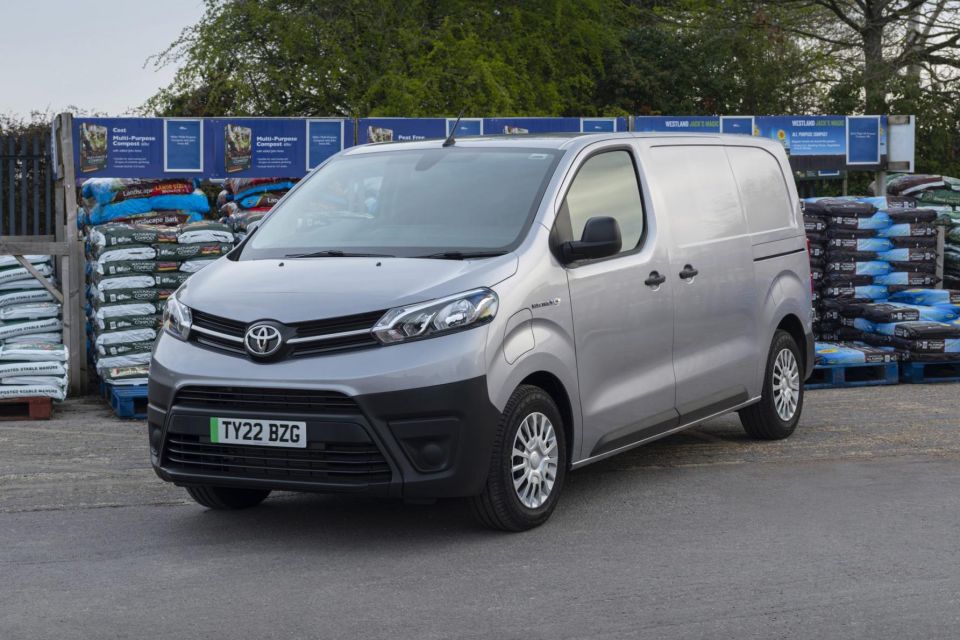
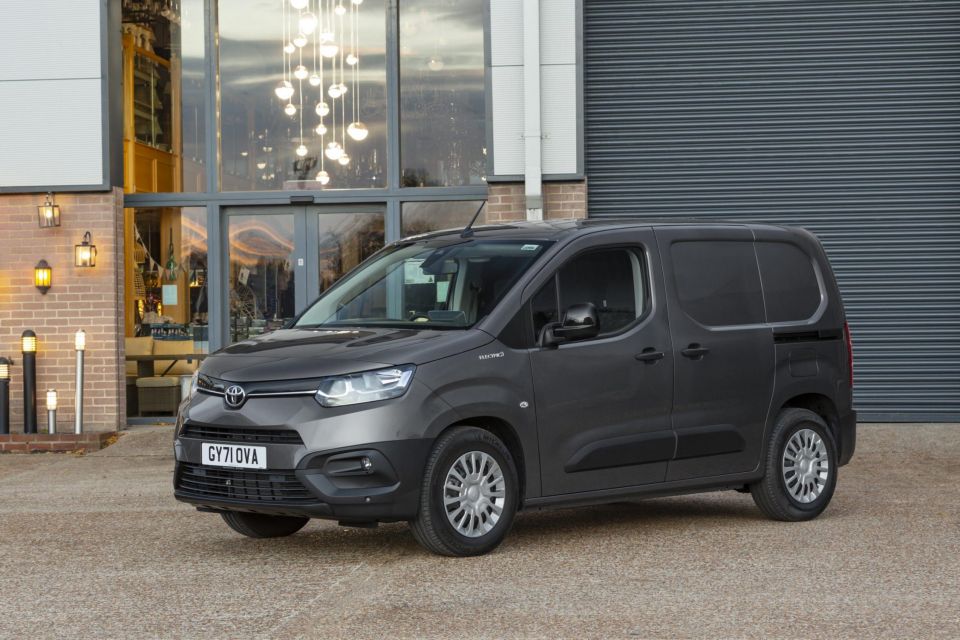
The Proace Electric is a rebadged Peugeot Expert, while the Proace City Electric is a rebadged Peugeot Partner.
The electric van market in Australia has been, until now, limited to the small Renault Kangoo Z.E. That’s about to change, with the Mercedes-Benz eVito due here this year and the Ford E-Transit and new Renault Kangoo E-Tech Electric due in 2023.
In 2024, Ford will launch its E-Transit Custom, Renault will launch its Master E-Tech Electric, and Mercedes-Benz intends to have its next-generation eSprinter here. LDV also intends to introduce an electric Deliver 9 in Australia.
Late last year, Toyota teased a range of electric hatchbacks, sedans, crossovers, sports cars, and even a large ute.
It plans to introduce 30 electric vehicles by 2030, led by the bZ4x, with the goal of selling 3.5 million EVs annually by 2030.
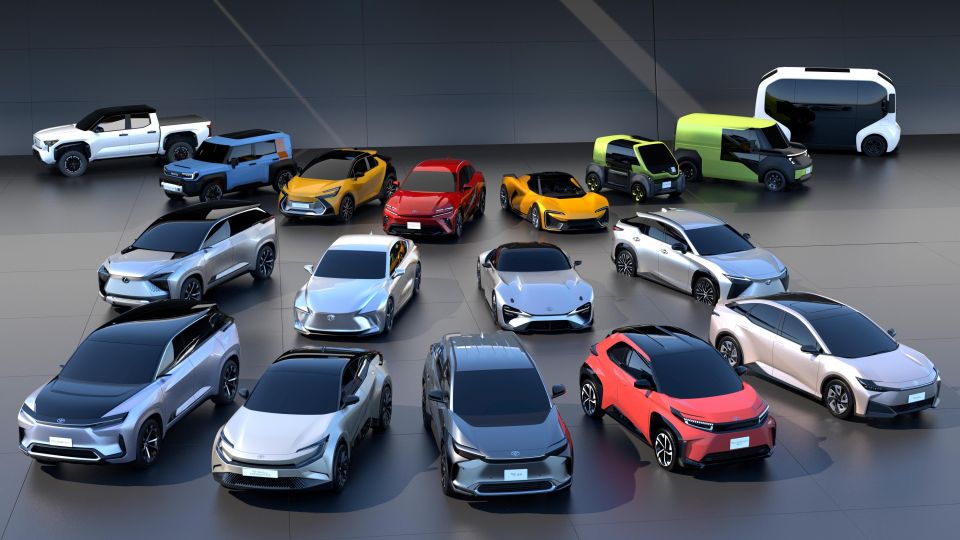
For context, the company sold 10,495,548 vehicles globally in 2021, 8,912,949 of which were Toyota-branded vehicles.
The plan, announced late last year, represents a significant increase over an earlier plan to sell two million EVs by 2030.
Despite its scaled-up EV goals, Toyota has still been the subject of criticism for a slow EV rollout and reports it has lobbied various governments to weaken their EV policies.
Toyota has pushed back against claims it’s a CO2 pariah, arguing its early adoption of hybrids and its commitment to these has helped reduce its carbon footprint.
“There’s not too many other car companies with a fuel-cell hydrogen car riding around right now, we’ll launch our first battery-electric vehicle into the market next year, we’ve got hybrid vehicles, we’ll have plug-in hybrid vehicles,” said Sean Hanley, Toyota Australia’s vice president of sales and marketing.
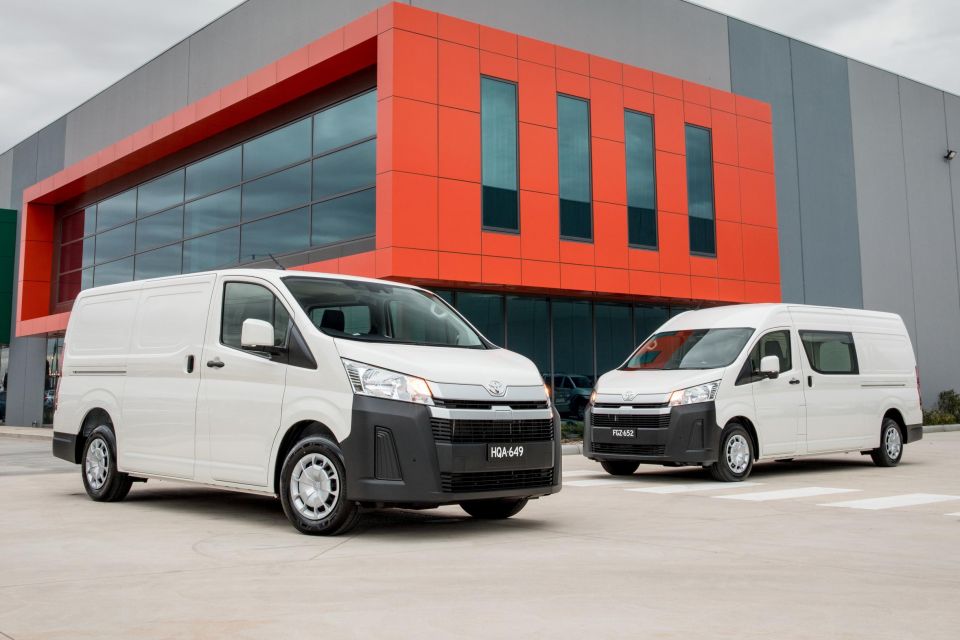
“The point is we believe that carbon’s the enemy and to get carbon neutrality, you’ve got to offer a diverse range of technologies relevant to the market that you are in,” he contended.
According to FCAI-supplied data, Toyota is the lowest CO2 emitter per car when it comes to passenger cars and light SUVs, but performs far less well with its bigger-selling heavy 4x4s and commercial vehicles that dominate in regional Australia in particular.
Our country is the world’s biggest market for the LandCruiser, the HiLux ute is the market’s top-selling vehicle, and the HiAce is Australia’s best-selling van.
MORE: Everything Toyota HiAce
Where expert car reviews meet expert car buying – CarExpert gives you trusted advice, personalised service and real savings on your next new car.
William Stopford is an automotive journalist with a passion for mainstream cars, automotive history and overseas auto markets.


William Stopford
18 Days Ago


Max Davies
1 Month Ago


William Stopford
1 Month Ago
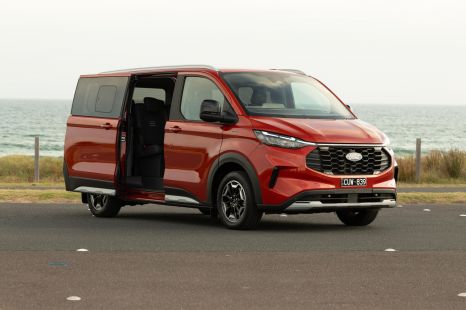

William Stopford
2 Months Ago
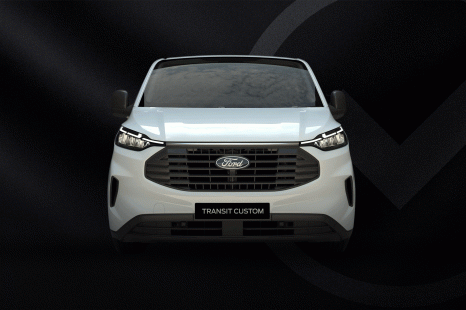

CarExpert.com.au
3 Months Ago
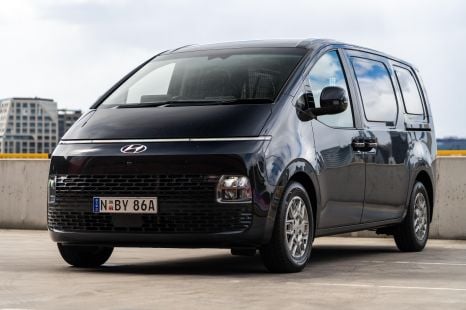

Max Davies
3 Months Ago